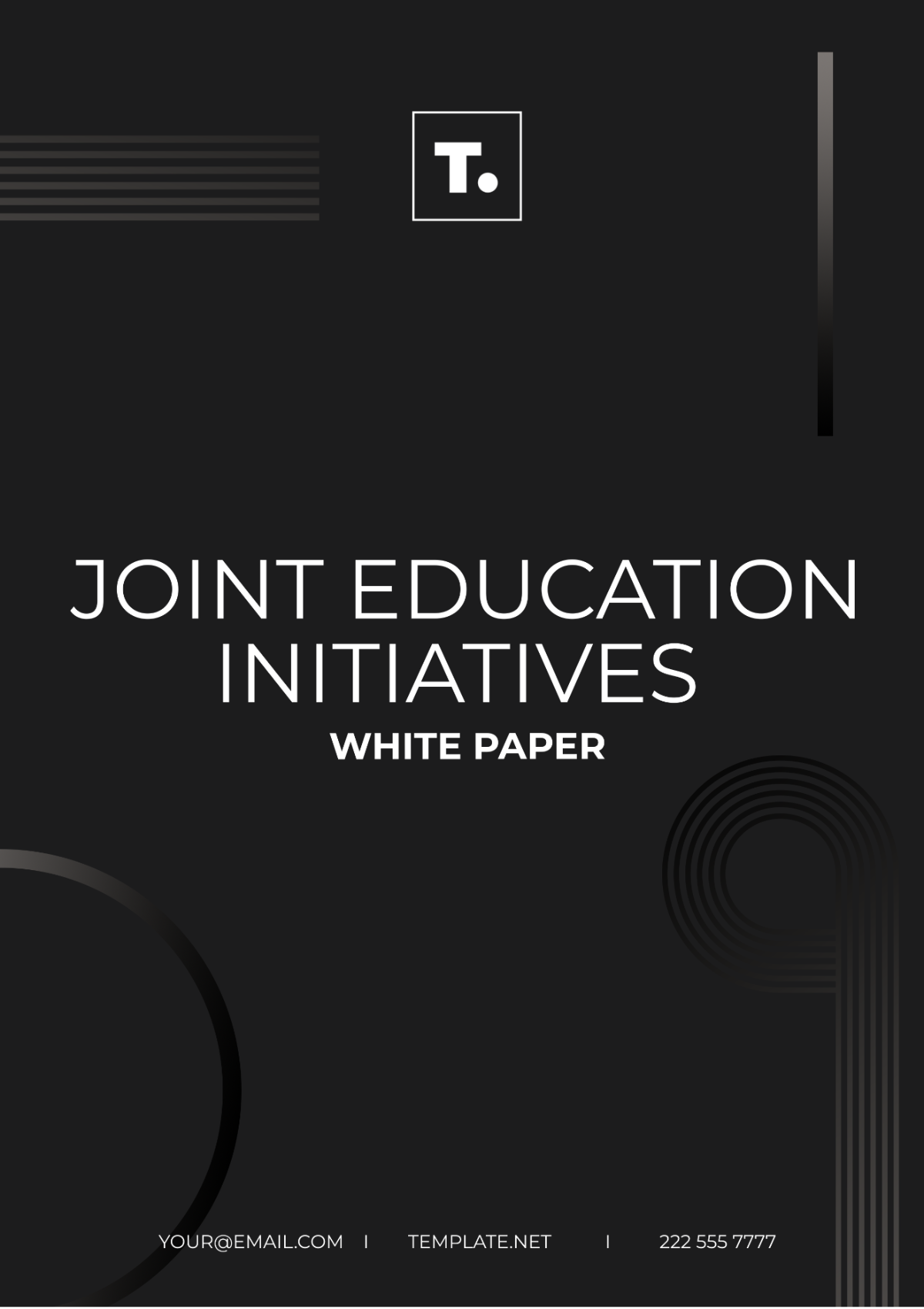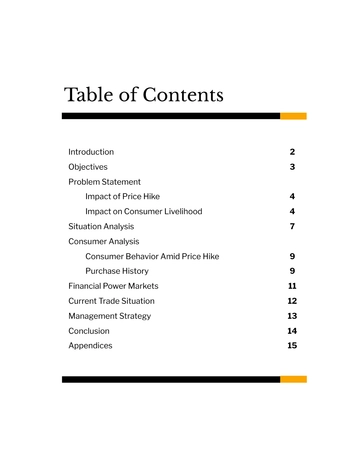White Paper on Joint Education Initiatives
_________________________________________________________________________________
_________________________________________________________________________________
Author: [Your Name]
_________________________________________________________________________________

This white paper, prepared by [Your Company Name] and situated within [Your Department], aims to outline the strategic framework and proposed outcomes of a collaborative educational initiative. The document serves to guide and inform stakeholders involved in the joint venture while showcasing the unique contributions of each partnering institution.
I. Executive Summary
The Executive Summary provides an overview of the white paper's purpose, highlighting the anticipated benefits and potential impacts of the proposed joint education ventures. Key points include:
Overview of partnership scope and objectives
Summary of Anticipated Educational Outcomes
High-level strategic alignment with both partnering entities
II. Introduction
The Introduction introduces the white paper's context, including the background of the participating institutions, [Institution Name 1] and [Institution Name 2]. Discussions cover:
Historical background and educational philosophy
Review of previous collaborations, if any
The strategic importance of the joint initiative
III. Goals and Objectives
The section details the purpose, goals, and measurable objectives of the joint education initiative. Points to cover include:
Goal | Objectives | Desired Outcome |
|---|
Enhance Educational Offerings | Develop new joint courses and programs | Increased student enrollment and satisfaction |
Research Collaboration | Establish inter-institutional research teams | Publications and patents, enhancing institutional prestige |
Foster Cultural Exchange | Implement student and faculty exchange programs | Cross-cultural competencies in students and staff |
IV. Stakeholder Analysis

This section explores key stakeholders involved in the joint initiative, their roles, interests, and how they are impacted. Here, create a profile for each stakeholder:
Government entities
Academic staff and departments
Students and student bodies
Local and international businesses
V. Implementation Plan
An in-depth look at the proposed steps for executing the joint education initiatives, this section provides timelines, milestones, and resource allocations. Stages of implementation:
Initial Agreement and Framework Design
Resource Allocation and Staffing
Program Development and Pilot Testing
Full Implementation and Ongoing Evaluation
VI. Risk Management
Identifies potential risks and challenges associated with the initiatives and proposes mitigation strategies. Top risks include:
VII. Financial Analysis
Provides a detailed financial projection including expected costs, funding sources, and return on investment. Financial highlights:
Projected Initial Costs
Long-term Financial Benefits
Funding and Sponsorship Opportunities
VIII. Conclusion and Recommendations

Summarizes key points and puts forward recommendations for stakeholders considering engagement in the joint educational initiative. Closing recommendations:
Approve and support the comprehensive strategic plan
Establish oversight and periodic review committees
Initiate pilot programs to gauge early impacts and adjust as needed
This white paper is prepared by [Your Name], authored on behalf of [Your Company Name], [Your Department]. For more detailed inquiries or follow-up, contact [Your Contact Information].
_________________________________________________________________________________
White Paper Templates @ Template.net

































